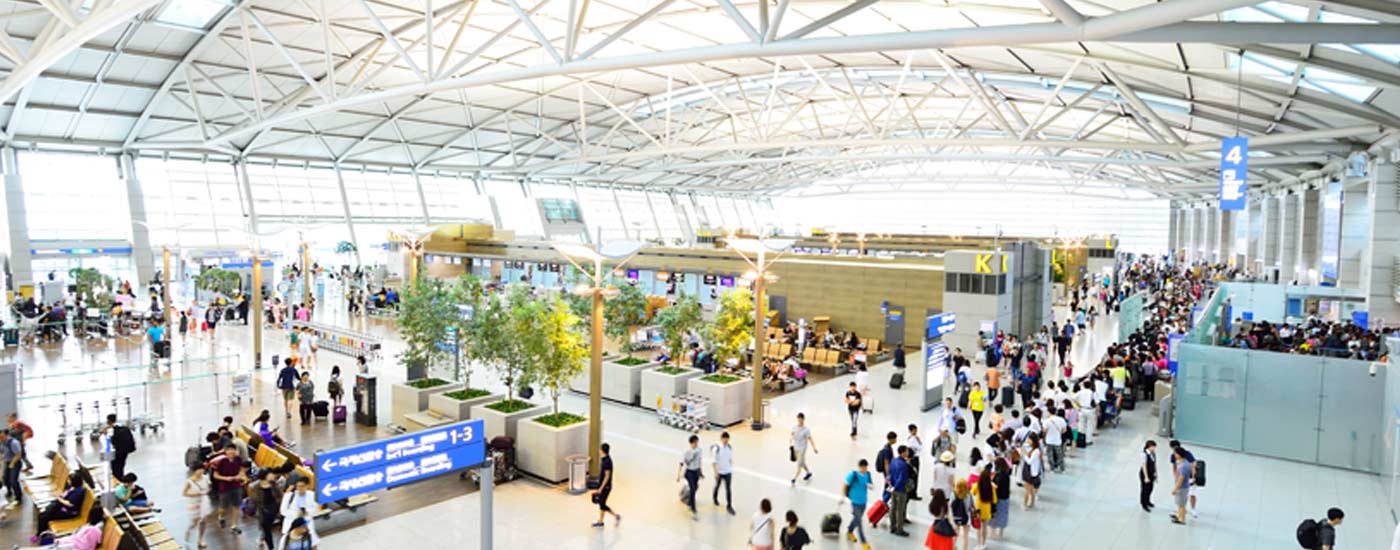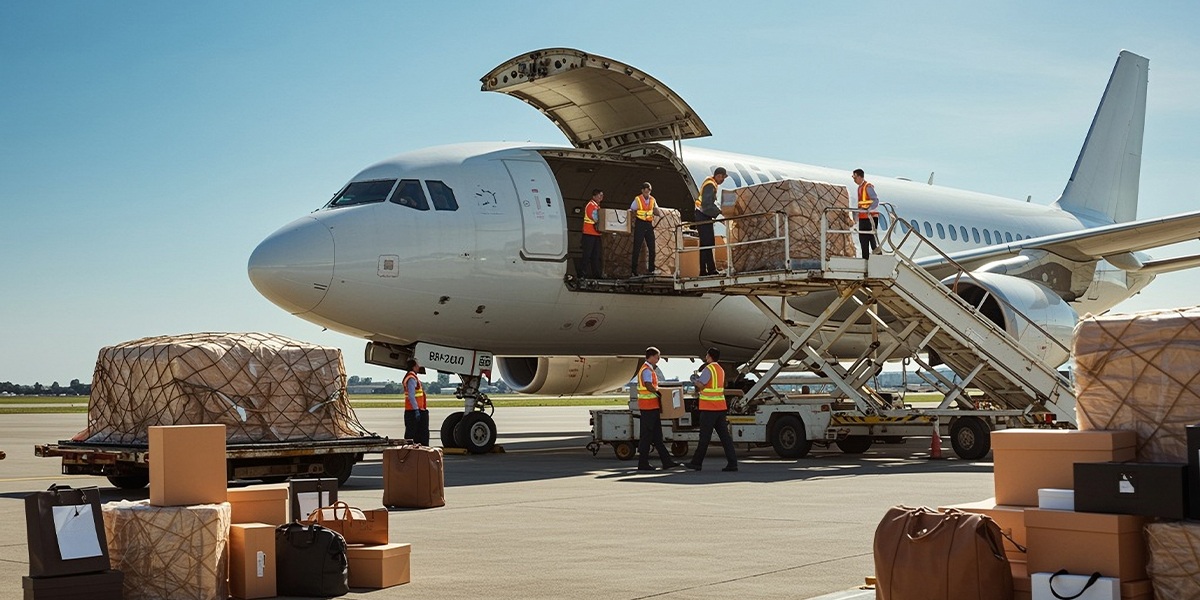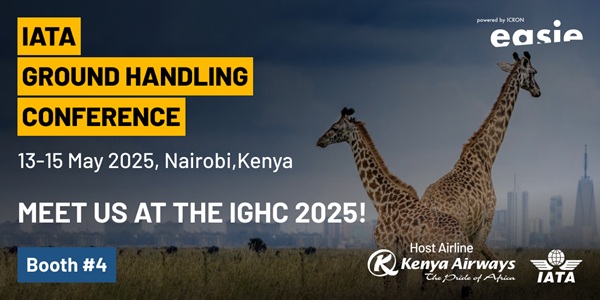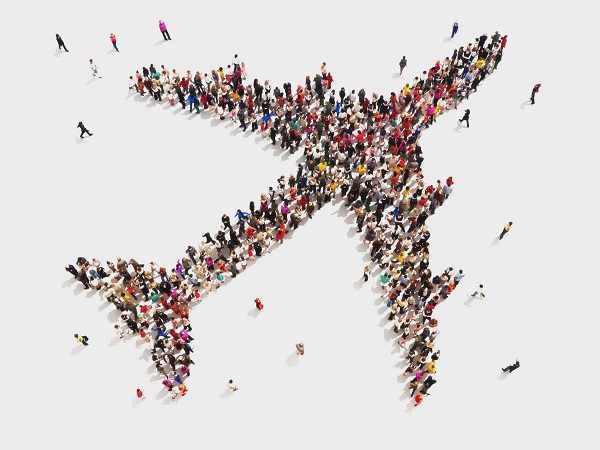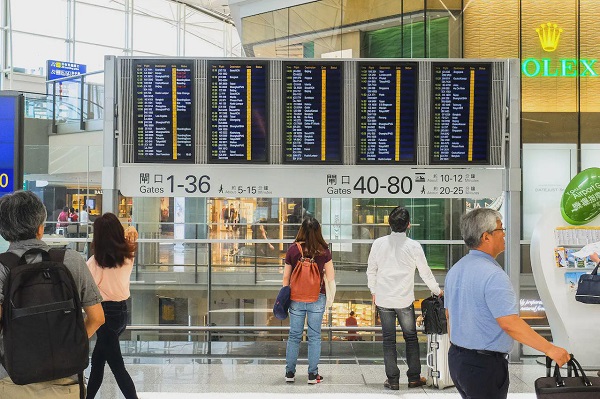I travel quite extensively for work and have had the opportunity to pass through airports all around the world. Although these airports have their own unique facilities, features, procedures, and processes, they all face many of the same challenges as they strive to ensure the smooth flow of traffic – of both aircraft and people.
To solve these challenges, most airports utilize processes that are based on “rules of thumb” or “best practices” to handle the complexity of ground operations and maximize on-time performance and customer satisfaction. These processes usually provide practical, but not optimal, solutions. However, I see the potential for significant improvements in efficiency, costs, and services with the introduction of optimization solutions for airport ground operations.
Take, for example, the boarding process – which is often the source of great displeasure among travelers (as everyone hates to be stuck at the gate and endure those seemingly endless waits and queues in the gate and the congestion on the jet bridge before boarding).
Typically, there are a fixed number of agents stationed at each gate where boarding will take place. The boarding process itself usually starts slow (with agents and passengers alike waiting for the actual boarding process to commence), reaches a peak period (when most of the passengers form a long line, anxiously itching to get on board the aircraft), and then dies down (as the last few stragglers make their way to the gate and board).
Given the progression of this process and the fluctuations in the flow of passenger traffic, having a fixed number of crew members assigned to a gate for a predetermined period of time is not ideal. Wouldn’t it be better to be able to have gate agents move around from gate to gate based on the number of people trying to board each flight at any given time? This would mean that more agents are present at each gate during peak boarding periods, and less during slower periods, and would make the boarding process more efficient – minimizing boarding times and elevating levels of customer satisfaction and resource utilization.
Why isn’t this type of dynamic, demand-driven boarding process being put into practice at airports around the globe?
This is due to the fact that planning and deploying the gate agents at any airport is an incredibly complex undertaking, involving numerous variables (such as aircraft flight times, employee schedules and skill sets, and gate availability), constraints, and the inevitable, unforeseen disruptions and delays that occur. To implement a process through which gate agents could be automatically, optimally scheduled and dynamically reassigned, an optimization solution is required – as the human brain and manual planning methods are simply not capable of handling the complexity of the task.
With an optimization solution fueled by real-time data, airports can automate and optimize the planning and deployment of gate agents and instantly, dynamically replan to ensure that the allocation of crew at gates is always perfectly aligned with demand and takes into account operational constraints and disruptions. Such a solution would give airport workforce planners constant visibility over their real-time operations and the capability to make spur-of-the-moment, optimized decisions on the redeployment of gate agents.
The benefits of implementing an optimization solution would be tremendous
For passengers, adding more agents during peak periods would improve the flow of traffic at the gate, leading to shorter boarding times (less time spent waiting at the gate and in line to board the plane) and a better overall customer experience.
The airports themselves could also reap tremendous benefits, operationally and financially, by deploying an integrated, demand-driven workforce optimization solution. Beyond reducing boarding times, increasing gate availability, and improving customer satisfaction, airports could actually cut costs (by improving their workforce utilization and ultimately slashing the size of their workforce) and drive increased revenues (by enabling passengers to spend less time at the gate, and more time shopping in the airport terminal!)
easie has the power and flexibility to optimize the boarding process (and many other ground operations processes as well), enabling airports to elevate their efficiency, customer satisfaction, and profitability.
If you would like to see easie in action, please contact us. If you have enjoyed this blog, you can find more content that you might enjoy here.

